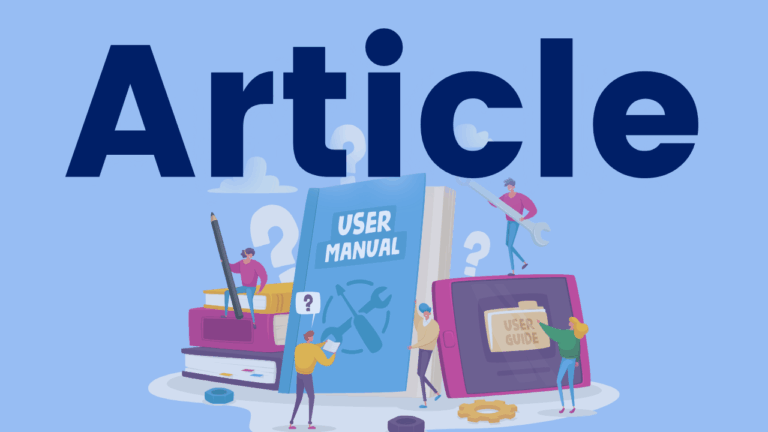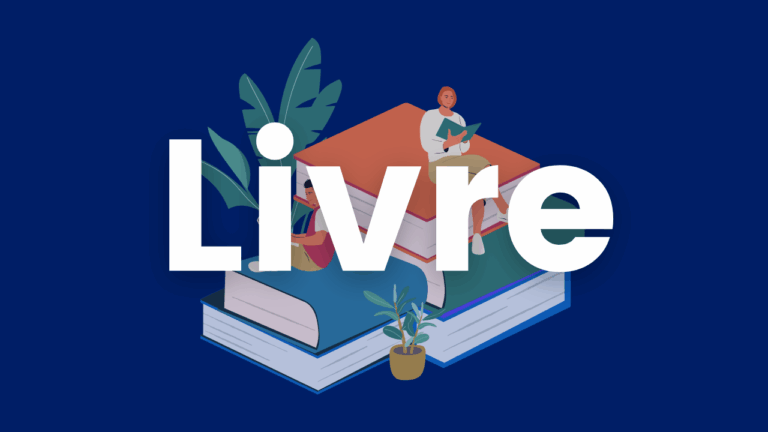Comprehension: Helping English Language Learners Grasp the Full Picture
In this 45-minute webcast from Reading Rockets, Cynthia Lundgren & Kristina Robertson explore the role of vocabulary in reading comprehension and provide practical strategies for improving reading comprehension for Multilingual Learners.





